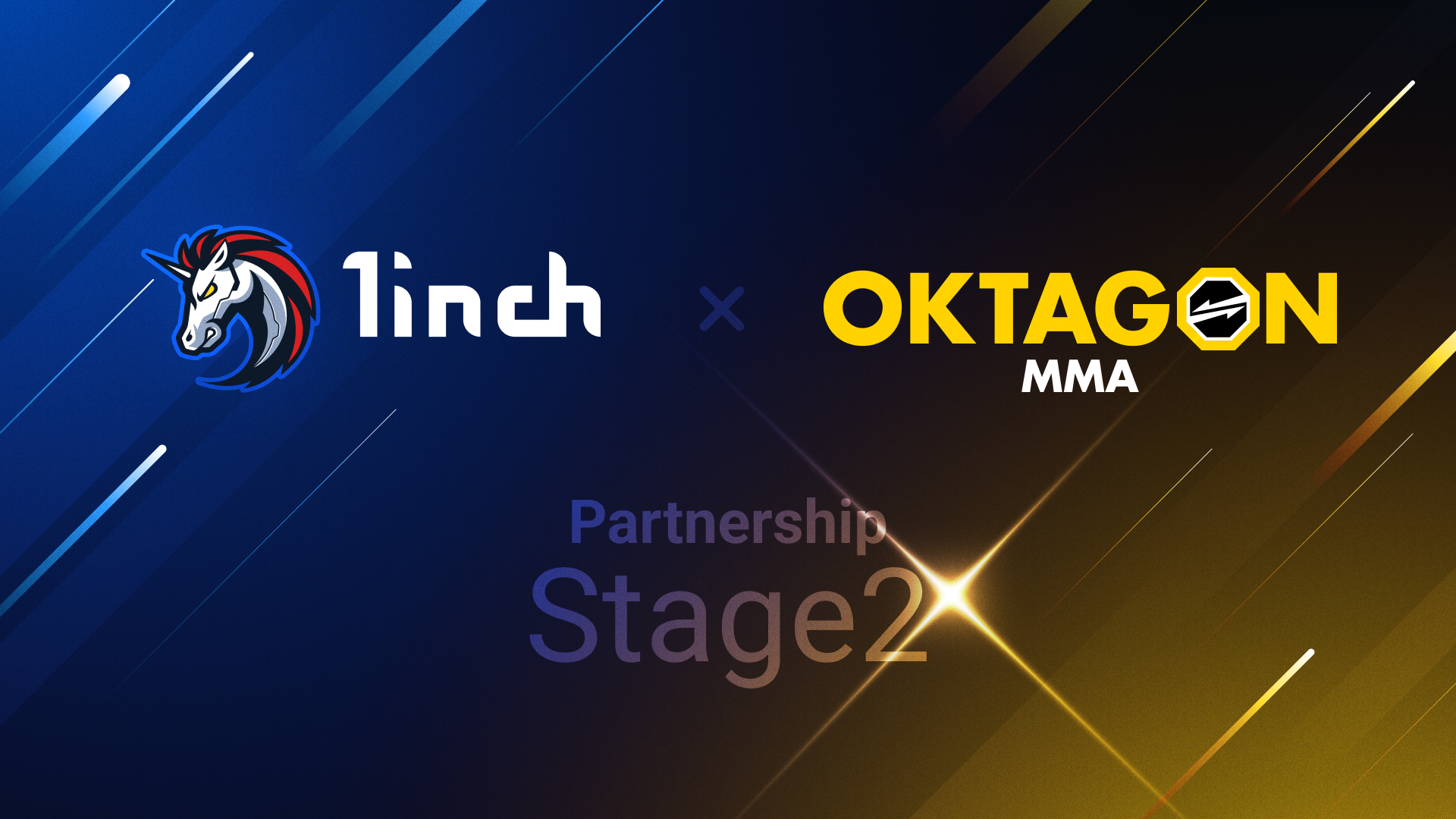Diving into blockchain layers: L1 and L2

L2 solutions were created in order to address network throughput issues. Yet questions concerning their design and future development deserve more attention, specifically after the Ethereum Merge.
Key takeaways:
A blockchain network handling on-chain transactions, like Ethereum, is considered to be a Layer 1 (L1) chain. However, the massive adoption of crypto in recent years, coupled with the arrival of numerous new projects running on top of L1 chains, put a strain on L1s. As their initial architecture was not designed for managing huge transaction volumes, the chains faced bottlenecks, which translated into higher transaction fees and lower processing speed.
As a result, Layer 2 (L2) chains emerged, aiming to reduce base network demand by only submitting transactions to L1 while processing them off-chain.
You can compare an L1 with a big building that provides security and a consensus mechanism (the way the network nodes agree about the state of the data) for its functioning. Meanwhile, the recording of transaction data takes place on its second floor, which is L2.
Featuring L2s as points of use
One of the main issues L1 is struggling with is scalability which has always been a hot topic. It is supposed to be solved with the help of L2s. Scalability itself refers to the expansion limit and load capacity, defined in blockchain throughput, or, specifically, in how many transactions can be performed per second.
L2s did a great job by increasing L1s’ throughput, thanks to the use of the combined L1/L2 infrastructure. Despite the Merge and other upcoming upgrades, Ethereum will keep relying on L2 solutions, which are likely to keep evolving and multiplying their throughput, as seen in these charts.
When it comes to security, L2 offers the same safety guarantees as L1 as transactions are settled on the L1 chain.
As scalability and security are crucial for apps, dApps and NFTs, they increasingly embrace Ethereum L2 solutions to run on. Not only gaming or crypto companies, like Balancer, but also big names, like Starbucks, already prefer to launch new projects and deploy on L2s.
To a regular user, L2 solutions also brought an ability to pay less for transactions as they are executed outside the main expensive blockchain. Before the Merge, an enormous difference in transaction costs between Ethereum and its L2 solutions was often the reason users switched to the latter. After the upgrade, transaction costs on the main chain have, perhaps temporarily, gone down. But increased environmental friendliness, safety, and other pros of the PoS consensus may attract even more users to the Ethereum in the future. And the greater the mass adoption, the higher the load and transaction prices. However, users will always want multiple options to choose from, and L2s do offer a great one.
Optimistic Rollups and ZK-Rollups
Arguably, the most promising L2 tech is rollups. They successfully decongest it by performing transactions outside of L1 and rolling them up into large batches before submitting them to Ethereum — hence the name “rollups.”
The two main types of rollups are Optimistic and ZK-Rollups.
Optimistic Rollups use fraud proof methods when sending transactions to L1. After the on-chain data posting, there’s a time to challenge the results of a rollup transaction by computing. This method results in a long withdrawal time, as it takes a while to send all proofs before completing a transaction. This inconvenience is usually compensated by low transaction fees.
Zero-knowledge (ZK) Rollups use cryptographic proof of validity, an assurance given by the rollup after transactions performing and the state-change proposing. After being validated by verifiers, all compressed data is also posted to the main blockchain.
In the long term, L2 solutions are expected to be more and more based on cryptographic proofs used by ZK-Rollups as, despite being less well-developed at the moment, this technology allows faster withdrawals than Optimistic Rollups.
State channels and Plasma
Used as payment channels, state channels are attached to the main chain, where crypto funds are deposited. Transactions are performed off-chain while data is recorded on L1. Popular examples of state channels include Bitcoin-based Lightning Network and Raiden Network interacting with Ethereum.
Plasma is a framework that allows the building of child blockchains connected with L1 in terms of security and data storage. They use fraud proofs which, similar to Optimistic Rollups, sometimes lead to a longer withdrawal time.
Sidechains
Sidechains use consensus mechanisms of their own. They run independently and connect with main networks through bridges. Another key difference is that their security is not derived from the parent chain but is also independent.
Among the best-known sidechains is Polygon, which, however, aims to become a ZK-rollup. Over the past year, Polygon has acquired a few ZK-rollup projects.
L2s, created to help L1, have evolved in tandem with their parent blockchains. If the main network improves in speed and throughput, so does its “second floor,” eventually. They can remain a relevant backup, all the way up to Ethereum 3.0 and beyond.
When trying L2 solutions, be aware that Ethereum-based L2s, like Optimism and Arbitrum, usually use ETH for gas, while to interact with Polygon, you will need its native token, MATIC.
Pros of L2 solutions
- Improved scalability. L2 solutions enhance the scalability of Layer 1 (L1) chains like Ethereum by processing transactions off-chain, thus increasing throughput and handling more transactions per second.
- Lower transaction costs. Transactions executed on L2 are generally cheaper than on the main chain, making it more cost-effective for regular users.
- Maintained security. L2 solutions offer similar security guarantees as L1, as transactions are ultimately settled on the L1 chain.
- Support for a range of applications. L2 solutions are increasingly used by various apps, dApps, NFT projects and even large corporations due to their scalability and security benefits.
- Innovative technologies.Technologies like rollups (especially ZK-Rollups) effectively decongest the network by batching transactions, offering different approaches to balancing speed, cost and security.
- Variety of solutions. L2 covers a range of technologies, including state channels, Plasma, and sidechains, offering diverse options for different use cases.
Cons of L2 solutions
- Complexity in interaction. Different L2 solutions may require specific tokens for transaction fees (like ETH for Ethereum-based L2s, MATIC for Polygon), adding complexity for users.
Long withdrawal times in some cases.Technologies like Optimistic Rollups can have long withdrawal times due to their fraud proof methods.
You can explore efficient swaps with both Ethereum and its L2 solutions by installing the 1inch Wallet’s iOS/Android mobile versions or using the 1inch dApp.





























